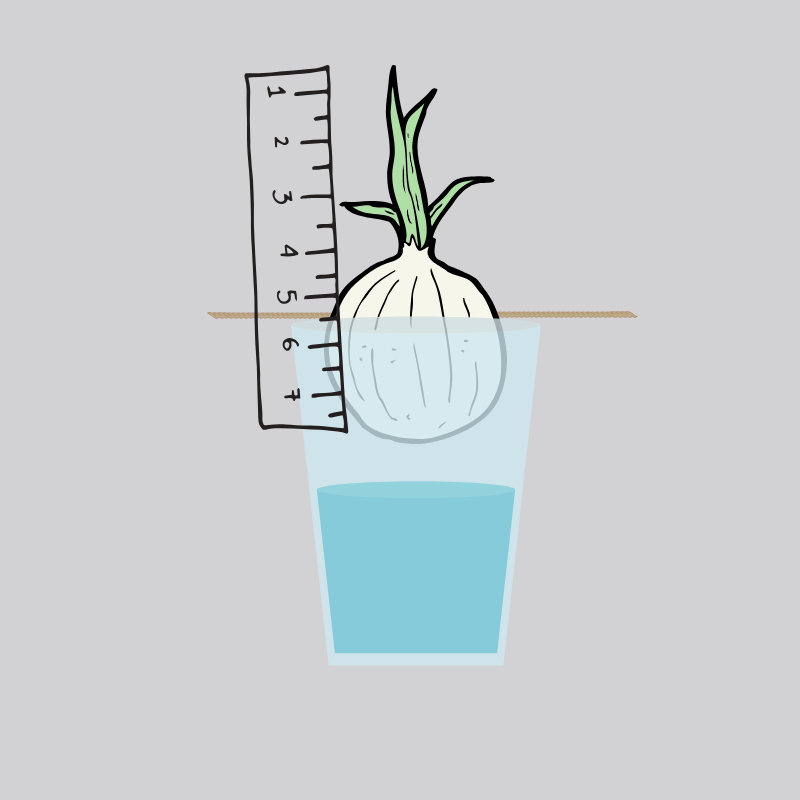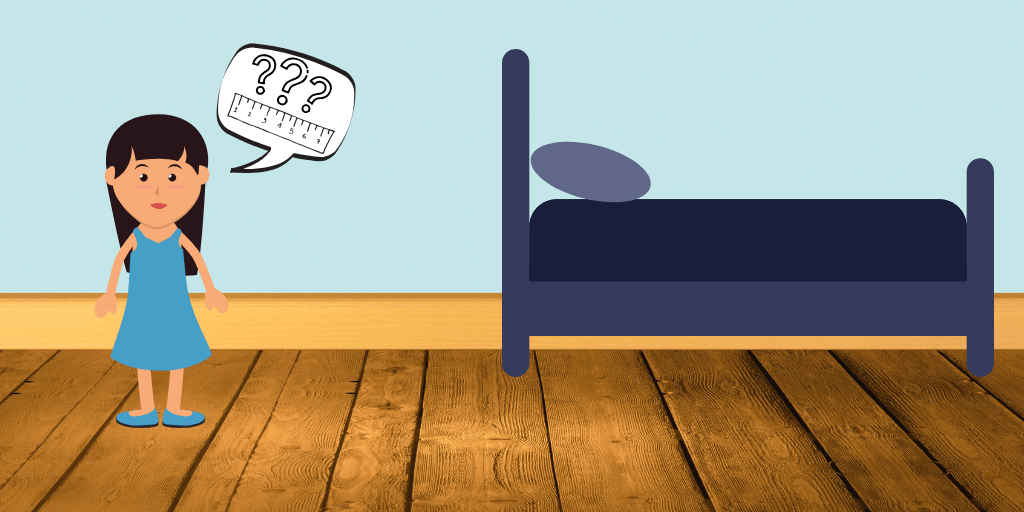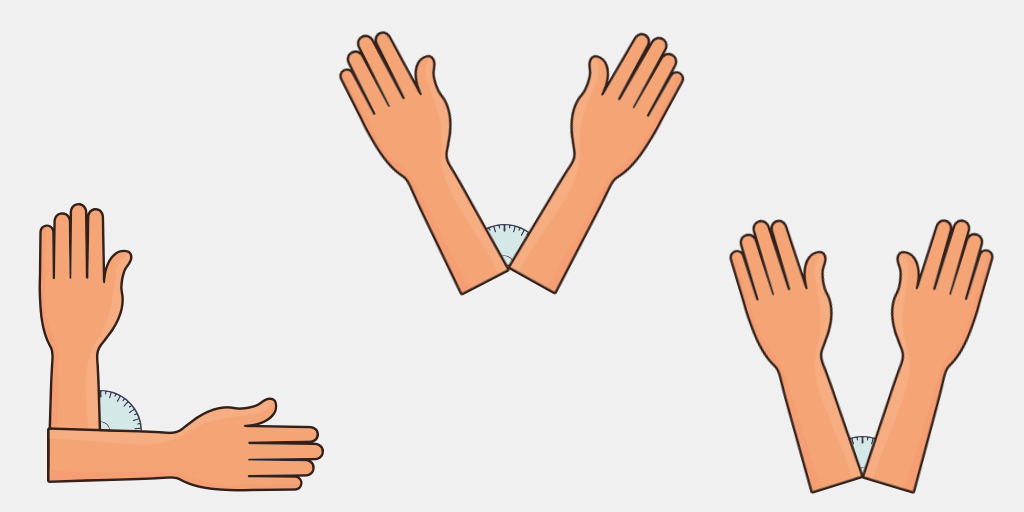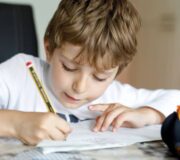Year 3 Maths Curriculum | Home Learning Toolkit For 7 & 8 Year Olds
The Year 3 maths that 7 or 8 year children have been learning in primary school this year will have followed the national curriculum guidelines for lower Key Stage 2. For parents new to home learning, the thought of supporting your child with their Year 3 maths worksheets or their year 3 homework can be a challenge. Do not panic!
We’ve been supporting 7 and 8 year old children with Year 3 maths tuition and resources for many years and we’ve distilled what we’ve learnt into this article for parents who want to support children’s work following the Year 3 maths curriculum at home. Look out also for the accompanying year 3 maths worksheets.
Whatever the primary maths scheme of work your school uses (White Rose maths is a popular one you may have heard of) Year 3 children across the country will broadly be expected to learn the same knowledge and skills by the end of their Year 3 maths lessons.
- What the Year 3 maths curriculum says:
- Topics from the year 3 maths programme of study
- The change from Key Stage 1 to Key Stage 2 maths for Year 3
- Number and Place Value in Year 3 Maths
- Addition and Subtraction in Year 3 Maths
- Multiplication and Division in Year 3 Maths
- Fractions in Year 3 Maths
- Measurement in Year 3 Maths
- Geometry in Year 3 Maths
- Statistics in Year 3 Maths
- How to help your 7 or 8 year old build resilience in maths
- Simple ways to help your Year 3 child believe in their maths ability
What the Year 3 maths curriculum says:
The principal focus of mathematics teaching in lower key stage 2 (Year 3 and Year 4) is to ensure that pupils become increasingly fluent with whole numbers and the four operations, including number facts and the concept of place value. This should ensure that pupils develop efficient written and mental methods and perform calculations accurately with increasingly large whole numbers.
At this stage, pupils should develop their ability to solve a range of problems, including with simple fractions and decimal place value. Teaching should also ensure that pupils draw with increasing accuracy and develop mathematical reasoning so they can analyse shapes and their properties, and confidently describe the relationships between them. It should ensure that they can use measuring instruments with accuracy and make connections between measure and number.
Times tables are also a big focus in Year 3, and by the end of year 4, pupils should have memorised their multiplication tables up to and including the 12 multiplication table and show precision and fluency in their work. Pupils should read and spell mathematical vocabulary correctly and confidently, using their growing word reading knowledge and their knowledge of spelling.
Topics from the year 3 maths programme of study
The year 3 maths curriculum is then broken down into the main topics that pupils learn across their years at school.
- Number & place value
- Addition & subtraction
- Multiplication & division
- Fractions
- Measurement
- Geometry
- Statistics
Parents do not need to worry too much about the detail of what is being taught in each of these topics, but the following information will help you to gauge what your child has been taught so far, what they should be able to do, and how you can support them when they come across a more tricky concept.
Free Year 3 Maths Worksheets and Tests
A collection of free Year 3 maths activities and worksheets from the Third Space Maths Hub. You need to register to download (but it's free). Use Google Chrome.
Download Free Now!The change from Key Stage 1 to Key Stage 2 maths for Year 3
One thing to state up front: it’s natural that your child may struggle a bit in Year 3 maths, even if they took Year 2 Maths in their stride. Although lot of the concepts your child learns at this age will be familiar, there’s a new focus on accuracy. Couple this with the introduction of more abstract fractions, and you’ve got a fairly challenging programme of study. However, if you can nail the habit of careful observation now, you’ll reap the rewards later on.
Number and Place Value in Year 3 Maths
There are lots of ways to support with number and place value in Year 3, but as with all good teaching, you need to start with what they already know. Make sure you’re familiar with what children use at school to learn the place value of each digit. It’s worth also noting that 7 and 8 year olds are now taught to use ones rather than units.
Looking for a quick explainer on place value? Read this: What is Place Value: A Parents Guide
Concrete resources play a big part here such as dienes and pictorial representations of ones, tens and hundreds as do place value charts and place value grids as children progress from familiarity with one-digit numbers to confidence in two-digit numbers and three-digit numbers. Practise working on the order of numbers with your child eg put the following numbers into ascending or descending order.
These place value games and activities are ideal for Year 3 and if they’re struggling to understand the concept, this make at home place value grid is a fantastic way of teaching place value.
Addition and Subtraction in Year 3 Maths
In Year 3 children start learning lots of different strategies for addition and subtraction including column addition and column subtraction with up to three digit numbers. They also need to understand how to answer missing number problems where the ‘answer’ is not always after the equals sign. eg 87 + ? = 103
Parents can help to enable pupils to develop efficient mental methods too including when the answers exceed 100. Place value and partitioning become increasingly crucial as the numbers get bigger.
Find out the mental maths strategies children should learn in Year 3 including the number facts and subtraction facts that should now be secure.
Multiplication and Division in Year 3 Maths
Multiplication tables are absolutely central to Year 3 and Year 4 so get practising! By the end of Year 3, you and your child should aim to have the 10, 2, 5, 3, 4, 6, 8, 11 times tables well under way.
Here are a few ways you can turn the dreaded times tables into a fun maths game for Year 3 students. They include:
- Having a competition each morning to see who can recall the times table of the day the quickest. Can you beat your child? How well do you remember 8 x 6….
- Singing them along to songs from Frozen, Ed Sheeran’s latest hit or one of the songs your child likes but you have no idea why… The song itself doesn’t matter, it’s all about the times tables!
- Bringing times tables into everyday life. When you are out and about why not ask quickfire questions such as “There are 2 avocados in each pack, and we need to buy 3 packs. How many avocados will we have?
- Playing bingo! If you pull 55 out from the bag, don’t call it out, say that this number is 11 x 5.
Whatever it takes, this time at home is the perfect time to get those times tables nailed. And while you’re at it, don’t forget the inverse operations; in this case division is the ‘inverse’ or opposite of multiplication and this concept can be a difficult one to grasp.
For example every time you practise 5 x 3 = 15, make sure to recite the other three variations including the inverse ie
If we know 5 x 3 = 15, we also know 3 x 5 = 15, 15 ÷ 3 = 5 and 15 ÷ 5 = 3
This way children can internalise their division facts as well as their multiplication facts, making their learning of the long division method in upper KS2 that much easier.
Here are some more times tables games and other fun ways to teach times tables at home.
Fractions in Year 3 Maths
In Year 3 fractions move beyond concrete objects into the abstract concept of what a tenth or a half means ie dividing an objection into equal parts and dividing by the number of those parts. Children will also start to compare and order fractions and understand the concept of unit fractions (1/4, 1/2 , 1/15 etc) and equivalent fractions.
Equivalent fraction ideas
That said, as each new concept is introduced, we always recommend returning to the physical and image-based examples.
So, as you’re working through fractions with your child make sure to draw squares, and bars, use chocolate bars, pieces of toast, and then also sweets, pasta, dried beans and counters (of varying amounts).
For example, when showing a quarter for the first time there are a number of things you could use and they include:
- A square split into four with a quarter shaded,
- A bar split into four with one part shaded
- Four counters (three red and one yellow – or vice versa – for example), as well as twelve counters split into four groups (three red and nine yellow – or vice versa – for example)
This will mean that when it is time to focus learning on equivalent fractions especially, your child’s cognitive links will already have begun to grow from these earlier introductions of fractions in various forms – especially if you’ve remembered to include the sweets, pasta, dried beans and counters (of varying amounts)!
Lots more fractions at home ideas for parents here.
Measurement in Year 3 Maths
In Year 3 measurement includes lots of topics one might not necessarily imagine would fit in there such as telling the time, using Roman Numerals from I to X11, amounts of money and number of days in a month, year and leap year.
However our more usual understanding of measurement as measuring and comparing of lengths, mass and volume is also key. One way to introduce and then cement the concept of measuring accurately is to get your child measuring anything and everything with a ruler or a tape measure.

How to transform an onion into an amazing Year 3 maths activity on measurement
Step 1: Pop 2 toothpicks into a young green onion.
Step 2: Balance it over a glass of water and leave it to grow and develop.
Step 3: Find a book or diary that your child can record the growth of the onion in.
Step 4: Instruct your child on the type of things they need to record in their daily onion diary. This will include things like the length and width of the leaves and how long the shoots have grown.
Taking accurate measurements over the next few weeks of the leaves and shoots and carefully recording them into a table means that you will hit two skills with one skills with one…..onion. Maths for 7-year-olds meets science for 7-year-olds!
Vary the activity and set your Year 3 child a challenge
If by week 2 your child has become an onion measuring expert, bring some larger objects into the mix. By measuring items that are metres long rather than the centimetres, you will have the chance to introduce another unit of measure, and all you will need to do this is a metre stick!
Why not ask your child to measure some furniture, or even the perimeter of their bedroom to make it more personal? Children’s bedrooms are often a treasure trove of random items, so if there are some in the way of the when measuring, this give you an opportunity to talk about how this makes your measurement less accurate.

Discuss what would help if you wanted a really exact measurement.
Could we move the cupboard out of the way?
Could we measure the width of the bed instead of moving it? Would it be the same as the gap it is covering?
Even if you don’t get the best readings, reflecting on how to improve your practice is a crucial problem-solving skill.
A fun way to challenge your child to guess how long each item is before you measure it. You can also turn it into a competition with both of you submitting a guess! 7-year-old maths can become fun for everyone if you find the right activity that everyone in your family can get involved in.
An often underused skill, estimation is a great way to develop spatial awareness. It’s also incredibly useful in spotting any results that are way out of line. A handy trick your child will love using is to measure the length of their hand from wrist to index finger to give them a handy – excuse the pun – reference tool for estimation.
Telling the time to the nearest minute on an analogue clock and on 24-hour clocks is also something you and your Year 3 child can work on together. There are lots of good apps available and this foolproof method of teaching time should come in very useful!
Geometry in Year 3 Maths
In Year 3 Geometry is focused around learning 2-D shapes together with 3-D shapes.
When you’re seven, using a protractor falls pretty low on the list of daily priorities, slightly below tucking into broccoli, and with two sets of numbers on display, it’s easy to see where you might go wrong.
At this age, it’s a good idea to practise identifying angles from sight. There are plenty of ways to remember which angles are obtuse, acute, right, and reflex, but be warned that most of which involve waving your hands in the air. Luckily though, this is a very child-friendly activity.

Stretch one arm straight overhead and the other out to your side and you’ve got a right angle.
Hold your arms out in a wide Y shape and you’re obtuse.
Bring them into a narrow Y for an acute angle, and down by your side for a reflex angle.
You’re only limited by your imagination when it comes to angles. They are all around us, so helping your 7-year-old with angles is not only important but also quite simple – we never said maths for 7-year-olds had to be hardwork!
Statistics in Year 3 Maths
Pictograms and bar charts follow children throughout their school career from Year 2 onwards; if you want to do some statistics work, there is plenty you can do.
Why not encourage your child to make a list of items in your house, garden or local area then count how many there are and record it in a table. When this is finished, ask them to display the results in a bar chart or pictogram and challenge them to remember to label the axis and the title.
Alternatively, give them a stop watch and a set of PE activities (throwing a ball, hopping on one leg, star jumps) and tell them to record how many of each activity they can do in a minute. They can record their totals in a table then a bar chart.
How to help your 7 or 8 year old build resilience in maths
Many 7-year-olds struggle with the jump in standards from KS1 Maths to KS2 Maths, so if you find that this is the case with your child there is no need to panic.
The need for accuracy coupled with the introduction of new ideas can be a lot to take on, and that is why it is so important that you help your child build up some mathematical resilience. This will help with maths homework, school work and future maths!
To break down any fears about maths and help your child approach it with a positive attitude, we have developed KS2 maths games with recommendations for those you can play in year 3 specifically.
Simple ways to help your Year 3 child believe in their maths ability
One way to build resilience in your child is by modelling how to mistakes and then investigating what went wrong together.
Talk about what you’re doing as you solve number problems, to show your child what you’re thinking (even if it’s along the lines of “This is so hard!”).
Your child learns how to respond to frustration by watching what you do, so let them know how you deal with challenging word problems.
The ability to pick yourself up, dust yourself off and carry on is a game-changer when it comes to facing a challenge, and this is something you can help your child realise.
Solving a tricky maths problem is very rewarding, so help and encourage your child to push through the tough bits to get to the end of the problem. Support them by breaking down two-step questions into stages, so that they are working methodically and with resilience.
If you are wondering how on Earth you can do this, here are a few speaking frames to make talking about maths for 7-year-olds a little easier:
When beginning to answer a new maths question
I know this word. It means that… / I don’t know this word. I think it means that…
What are we trying to work out?
Which bits of information are important?
We can start by…
These phrases and questions are a good way to open up an initial dialogue about the maths problem at hand – an important exercise when it comes to maths for 7-year-olds.
When things start to get tough
Do I have all the information I need?
Let’s go over what we have so far.
Could I use another method?
Reviewing the information you have already and the strategy that has been used can often result in the realisation that there is another way to solve the problem. Until you step back though, you are unlikely to see this.
When it is time to present your answers
This answer seems sensible because…
I’m not sure about this answer because…
The best part of the process I used was…
Taking time to think about how you got to your answer is a good habit to get into at an early age as it gives you a final opportunity to reflect on the work you have done.
Hopefully this answers some of your Year 3 maths questions and concerns. If not, we’re very happy to share what we know. Just email hello@thirdspacelearning.com and we’ll do our best to help.
Also in this series…
- Year 4 Maths Curriculum Toolkit for 7 & 8 Year Olds
- Year 4 Maths Worksheets
- Year 5 Maths Curriculum Toolkit for 9 & 10 Year Olds
- Year 5 Maths Worksheets
- Year 6 Maths Curriculum Toolkit for 10 & 11 Year Olds
- Year 6 Maths Worksheets
DO YOU HAVE PUPILS WHO NEED MORE SUPPORT IN MATHS?
Every week Third Space Learning’s maths specialist tutors support thousands of students across hundreds of schools with weekly primary school tuition designed to plug gaps and boost progress.
Since 2013 these personalised one to one lessons have helped over 150,000 primary and secondary students become more confident, able mathematicians.
Learn about the Year 3-5 programme or request a personalised quote for your school to speak to us about your school’s needs and how we can help.





